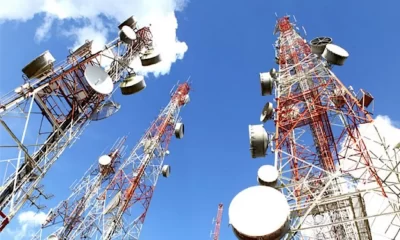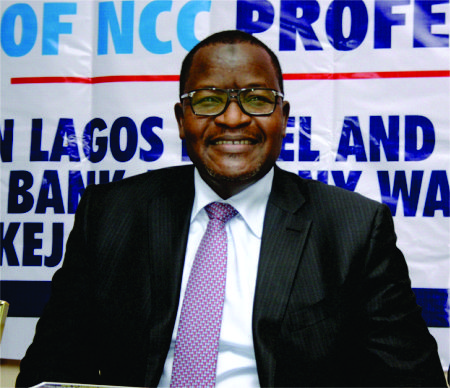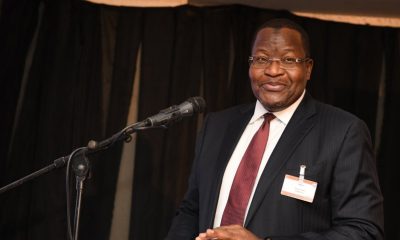THE teledensity in Nigeria’s telecommunications industry increases to 108.11 per cent in the month of January. Teledensity or level of telephone penetration measures the percentage of a country’s population with access to telephony services as determined by the active subscriber base.
It has a direct relationship with the number of mobile subscriptions on telecommunications networks and as it grows, so does the subscriber base and vice versa.The information is contained in the Nigerian Communications Commission (NCC) Monthly Subscriber/Teledensity Data in their site.
The document revealed that the teledensity which stood at 107.87 per cent as at the end of December 2015 got to 108.11 by the end of January, an increase of 0.24 per cent.According to the data, the country’s telephone penetration as at January has 151,357,769 active lines/phone numbers on the operators’ networks.
The NCC explains that teledensity is calculated based on the population estimate of 126 million up till December 2015 it was based on a population estimate of 140 million.It said that from January 2015 to 2016, teledensity was based on connected subscribers.
ALSO SEE: NCC gives reasons for lifting regulatory embargo on MTN Nigeria
However, it added that teledensity from December 2015 was based on active subscriptions on mobile networks.The data showed that the teledensity which stood at 100.59 per cent as at January 2015, increased by 1.26 per cent to reach 101.85 per cent by February 2015.
It moved from 101.85 per cent in February to 102.81 per cent in March as the figure increased by 0.96 per cent.From the 102.81 per cent in March, the teledensity moved by 1.10 per cent with the figure reaching 103.91 per cent as at the end of April 2015.
With an increase of 0.78 per cent, the country’s telephone penetration moved from April’s 103.91 per cent to 104.69 per cent in May.
The teledensity moved from 104.69 per cent as at the end of May, to 106.27 per cent in June, hence, increasing by 1.58 per cent.
The figure rose from June’s 106.27 per cent to 107.67 per cent at the end of July, indicating an increase of 1.40 per cent.
The proportional growth in teledensity showed that access to telephone services was getting deeper in the country.

 Business6 days ago
Business6 days ago
 Business6 days ago
Business6 days ago
 Politics4 days ago
Politics4 days ago
 Trending Stories1 week ago
Trending Stories1 week ago
 Latest1 week ago
Latest1 week ago
 Sports1 week ago
Sports1 week ago
 Business3 days ago
Business3 days ago








